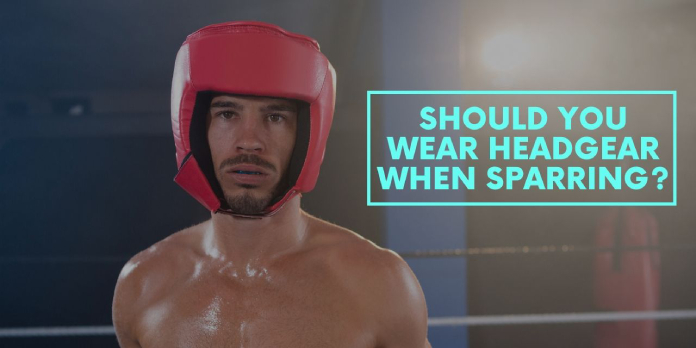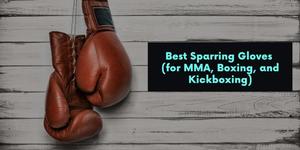Whether you decide to participate in a martial arts competition or not, sparring should be incorporated into your training. Sparring sessions are necessary because they are crucial to developing and refining your skill set.
The utilization of headgears varies greatly in the martial arts community. This article will provide information to help you decide if you should wear a headgear as well as answer the questions above.
Yes, you should be wearing headgear. But not always. We will go into when and when you shouldn't wear headgear at the end of this article.
More...
The Purpose of Sparring Headgears
A common misconception is that everybody has to wear a headgear whenever they take part in sparring because it reduces the brain trauma created by strikes, such as punching and kicking. However, the main purpose of the headgear is to prevent superficial injuries to the face and head. It does not make a person less liable to receiving a concussion or prevent the trauma taken to the head. That is why amateur boxing no longer requires headgear in its matches (at least for males). An AIBA study actually showed that headgear increased the likelihood of head trauma in amateur matches (because it made people more likely to engage without giving thought to the dangers of repeated head trauma).

Benefits of Wearing a Headgear
Even though a headgear does not remove the risk of head trauma, as previously mentioned, it is advantageous to wear for the following reasons.
Superficial Injuries - It is great for preventing superficial injuries like cuts, bruises and black eyes.
Bigger Target - The bulky headpiece naturally causes your head to be a bigger target. For that reason, wearing one increases your probability of getting hit.
Vision - Headgears with large cheek protectors and a thick bar across the forehead will disturb your vision.
Side Vision - It could hinder your peripheral vision which affects your ability to see shots to the side of your head like hooks.
Forehead Bar - After receiving a punch or moving your head rapidly, the headgear might shift and slide over your eyes. These occurrences can be rather annoying and temporarily block all vision. In boxing, you are taught to keep your chin down and eyes up. However, the headgear portion that runs along your forehead could block your vision if they are too thick.
Cheek Protectors - Headgears with large cheek protectors obstruct your view from strikes launched at low angles, such as knees and kicks.
Security Blanket - A headgear could act as a security blanket for some individuals who feel safe absorbing strikes because the pain of being hit to the face has diminished. It's a catch-22. You are more willing to engage (on the inside) but this also means you are willing to get hit more. This type of thought process can be detrimental to your long-term brain health.
Aggression - Due to the reduction in pain from head shots, you and your training partners may use the headgear as an opportunity to turn up the aggression, hit harder, and even go into unnecessary brawls.
Friction - Instead of a punch glancing off your sweaty or vaseline covered face, the headgear could actually provide an additional grip for the opponent’s glove and cause you to absorb the hit more than if you were not wearing one.
Good Habits
Having the capability and knowledge to lead safe sparring sessions is great for decreasing the occurrence of unnecessary head trauma.
Develop good habits when sparring with the headgear. Do not do anything with the headgear that you wouldn't do without it. For instance, don't just go in there and let your sparring partner tee off on you in the pocket; you wouldn't do that without headgear so why should you do that with headgear.
Using headgear to spar protects your face and also gets you to get more comfortable with getting hit. But you need to develop proper habits with it so that you would fight exactly the same way without headgear.
So the simple answer yes, you should wear headgear. But not always.
You should wear headgear when you are going are sparring at maximum or near maximum intensity. Although the AIBA study above shows that headgear increases the likelihood of trauma---it is not because headgear is ineffective in protecting the head. It is. It increases head trauma because people wearing headgear have a false sense of safety and are likely to hit harder and more often, and are also more willing to be hit more frequently. So when you and your sparring partner agree that you are sparring at (almost) maximum intensity, you need to wear the headgear. Sparring done at this pace should only be done very sparingly.
In my opinion, you should not be wearing headgear when you are doing technical and light sparring. Wearing headgear in such instances will only amp up the intensity and also encourage you to develop bad habits due to the false sense of security of having headgear. This is were headgear leads to increased head trauma.
What about moderate pace? This is where it gets tricky. Wearing it will often increase the intensity of the rounds. But on the other hand, the line between moderate pace and high pace sparing is a little blurry for certain people. When I spare at a moderate pace, I often don't wear headgear because getting hit without it frightens me much more---it makes me focus on defense more.




